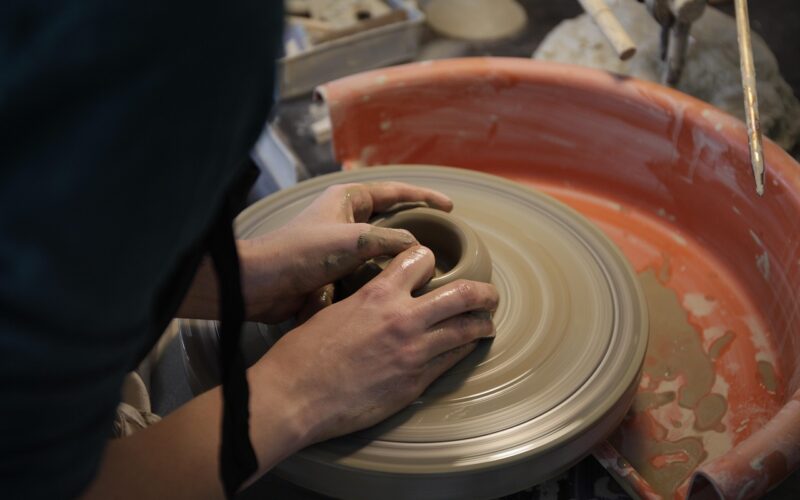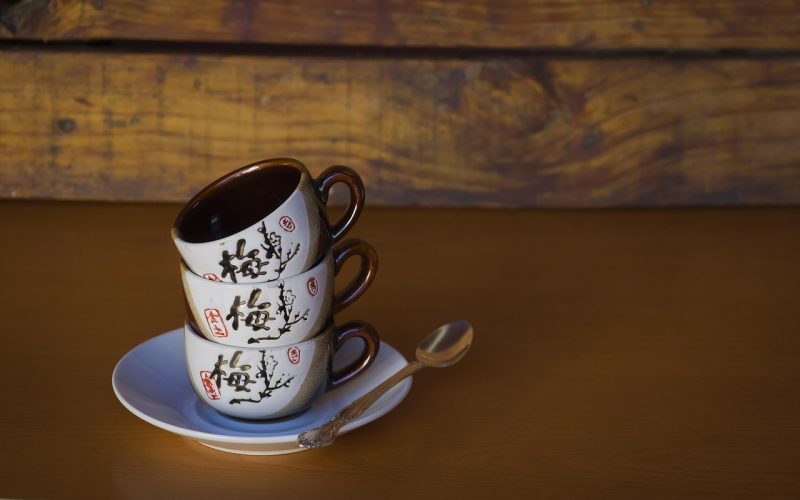Artistic Materials from Nature's Palette
Artists throughout history have drawn inspiration from the world around them, often incorporating natural and repurposed materials into their creative practice. Three materials that have gained significant attention in contemporary art are recycled glass, silica sand, and kaolin. These substances offer unique properties that allow artists to explore new textures, colours, and techniques whilst embracing sustainable practices and connecting with traditional crafts.
Giving new life to discarded treasures
Recycled glass has become a cornerstone material for environmentally conscious artists seeking to create stunning works whilst reducing waste. This material can be sourced from various origins, including bottles, windows, mirrors, and decorative objects that would otherwise end up in landfills. Artists working with recycled glass employ numerous techniques to transform these discarded items into compelling artworks.
In mosaic work, artists carefully select glass pieces for their colour, transparency, and texture, creating intricate patterns that capture and reflect light in mesmerising ways. Glass blowing artists often incorporate recycled materials into their furnaces, melting down coloured bottles and jars to create unique colour combinations that cannot be achieved with virgin materials. The slight imperfections and variations inherent in recycled glass add character and depth to finished pieces, making each artwork truly one-of-a-kind.
The foundation of glass artistry
Silica sand serves as the fundamental building block for glass creation, making it an essential material for artists working in hot glass studios. This naturally occurring material, composed primarily of silicon dioxide, can be found in beaches, deserts, and quarries around the world. When heated to extremely high temperatures alongside other materials like soda ash and limestone, silica sand transforms into molten glass that can be shaped, blown, and formed into artistic creations.
Contemporary glass artists appreciate silica sand not only for its practical applications but also for its aesthetic possibilities. Some artists incorporate raw silica sand directly into their work, using it as a textural element in mixed-media pieces or as a contrast to smooth glass surfaces. The granular nature of silica sand allows artists to create interesting patterns and textures, particularly when combined with adhesives or resins in sculptural work.
The versatile clay of artistic expression
Kaolin, also known as china clay, represents one of the purest forms of clay available to artists. This fine, white clay has been prized for centuries in ceramic production, particularly in the creation of porcelain. Its exceptional plasticity and ability to maintain structural integrity during firing make it an ideal medium for sculptors and ceramic artists seeking to create detailed, refined works.
Beyond traditional ceramic applications, contemporary artists have discovered innovative ways to incorporate kaolin into their practice. Mixed-media artists often use kaolin as a paint additive, creating unique textures and surfaces that cannot be achieved with conventional materials. The clay's natural white colour serves as an excellent base for pigments, allowing artists to create custom colours with exceptional opacity and coverage.
Combining materials for innovative artistic expression
The real magic happens when artists begin combining these materials in unexpected ways. Some contemporary artists create layered installations that incorporate recycled glass elements embedded in kaolin-based ceramics, with silica sand providing textural contrast. These mixed-media approaches challenge traditional boundaries between disciplines and create entirely new aesthetic possibilities.
These three materials—recycled glass, silica sand, and kaolin—demonstrate how artists can work sustainably whilst exploring the rich possibilities offered by both natural and repurposed substances. By understanding the unique properties of each material, artists continue to push creative boundaries and develop innovative techniques that honour both environmental responsibility and artistic excellence.








